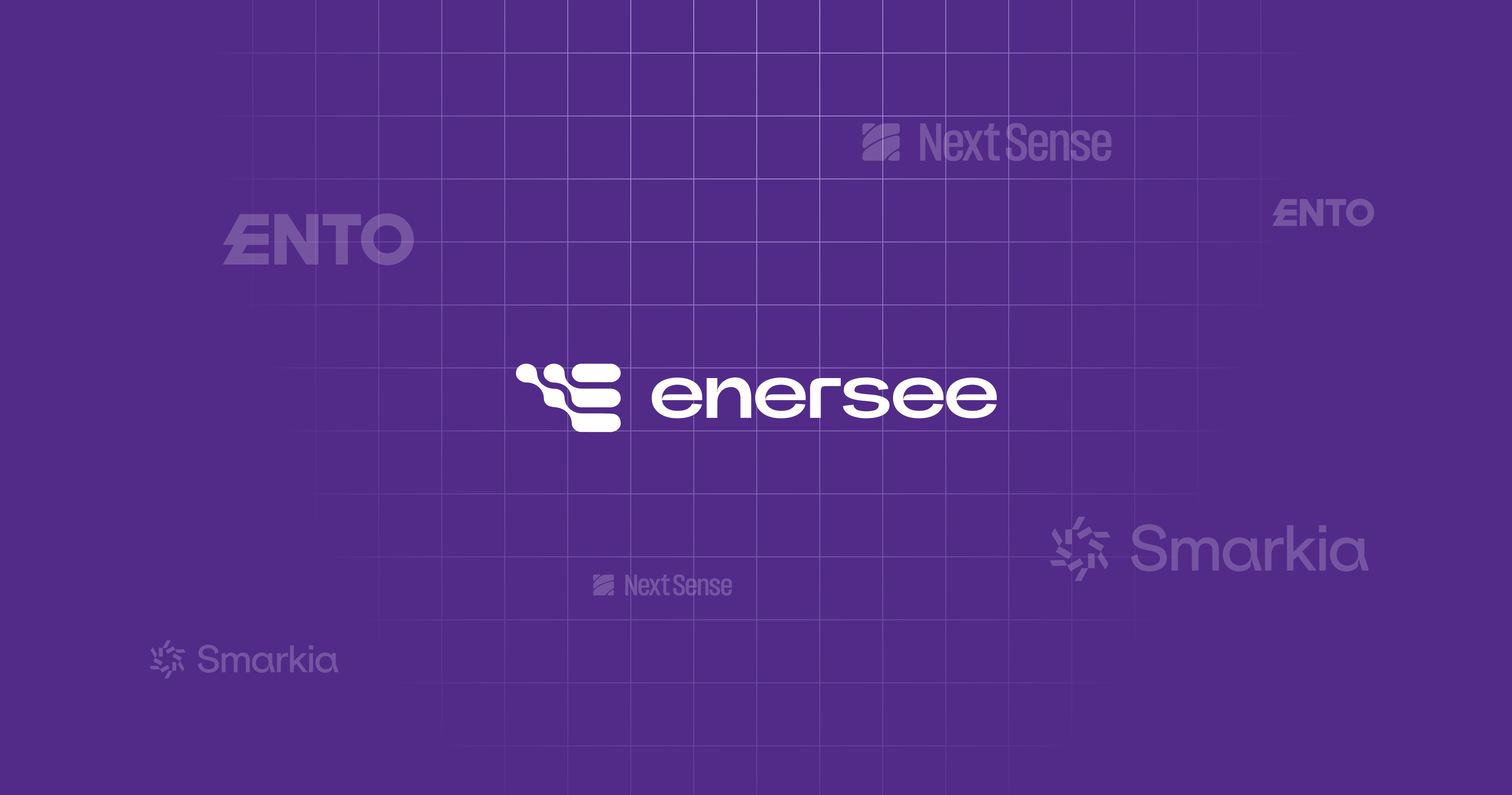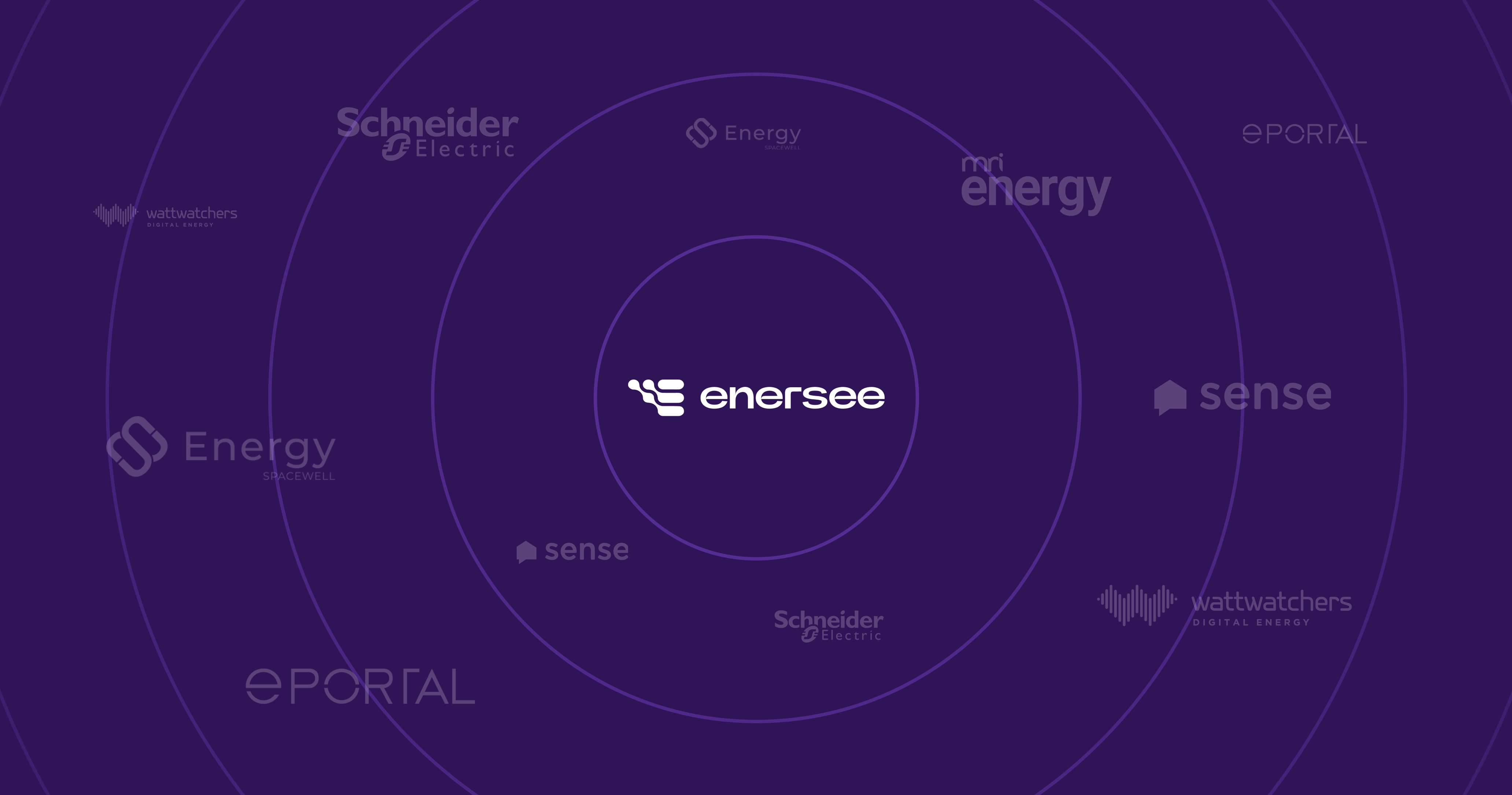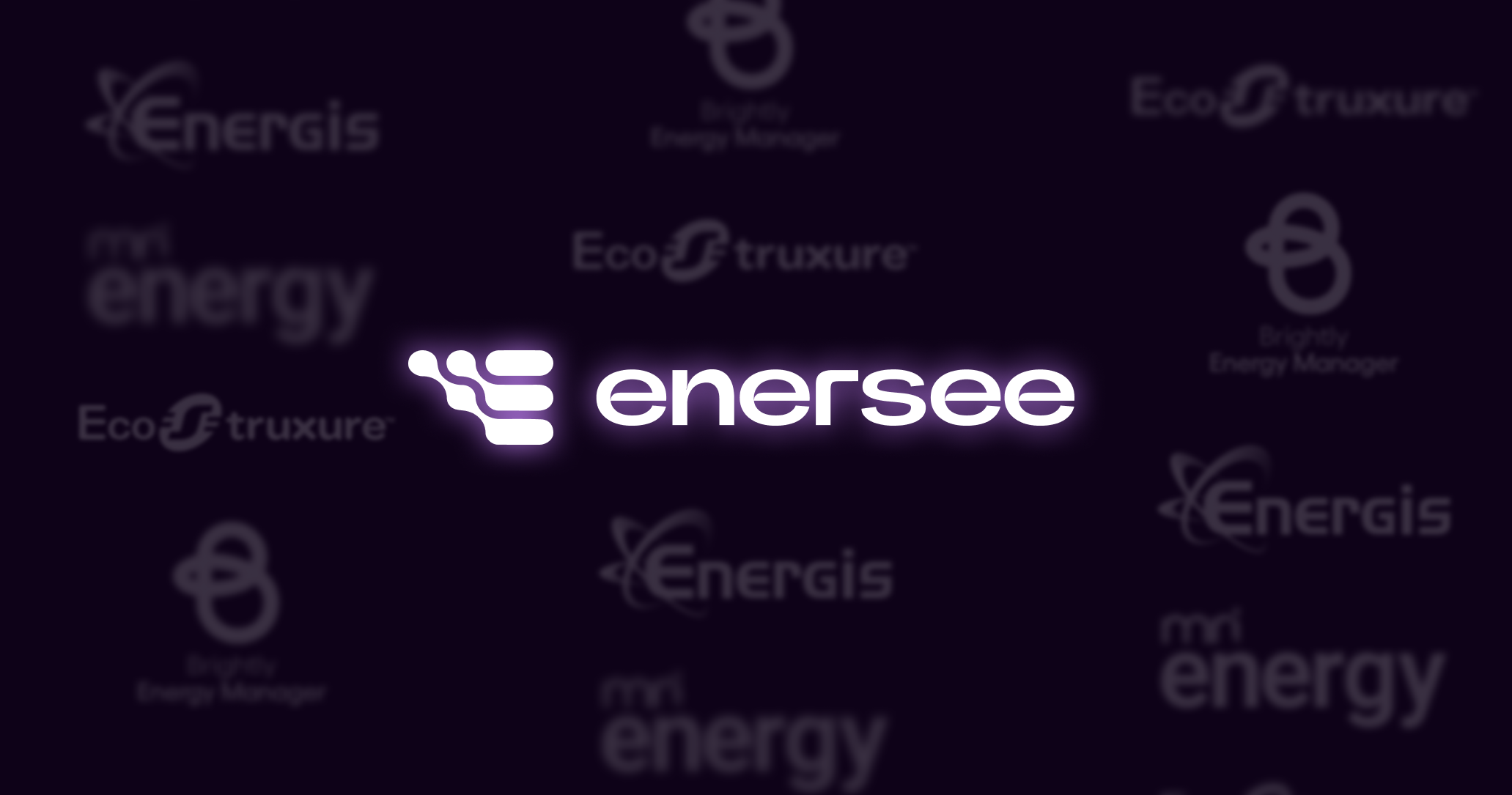There is a ton of meaningful information embedded in the energy data of your buildings and technical installations that may be obscured or difficult to detect. Imperceptible to the naked eye, they are minuscule fluctuations or disturbances that are virtually impossible to detect. But what if there is a way to reveal these complex hidden patterns instantaneously?
To make this happen, embracing specialised artificial intelligence is key. Machine learning algorithms can be trained to recognise and extract these hidden patterns from you energy data sets. This is a game changer for you as Energy Managers, Facility Managers, Sustainability Managers and other stakeholders looking to reduce the waste of energy, water, and CO2 in your buildings and technical installations.
In this blog, we’ll discuss the hidden patterns of your energy data, what they are, why they are important and how to use them to your advantage.
What are hidden patterns in your energy data?
Hidden patterns are meaningful information hidden in masses of energy data that are virtually impossible to detect without the help of AI.
Why are hidden patterns important
Being able to see hidden patterns and insights within your energy data can significantly help reduce waste, and make your buildings and installations hyper-efficient.
These hidden patterns are often concealed within the interplay of numerous external factors and internal adjustments. For instance, the occupancy rate of a building, the weather conditions, the structural and operational changes made - all these factors are intertwined in the energy patterns. It influences every aspect, from heating up when it's cold to the impact of someone switching of your “smart steering” system when it is hot.
We know that revealing these hidden patterns will benefit your business, but how do you go about doing this?
How to reveal hidden patterns in your energy data
- Collect energy data
- Understand the factors at play
- Cut through the noise with AI
1. Collect energy data
The first step is to gather meter data from the tens, hundreds or thousands of buildings and installations you manage and operate. A typical energy monitoring system or energy data platform will provide you with masses of raw data, and let you build a comprehensive data layer. Some will even feature basic data processing.
However, data does not equal insights. These data platforms are not built from the ground up for data analysis. Building a comprehensive data layer is only the beginning; actionable insights to detect expensive problems demand advanced and automated data analysis. That’s where AI comes into play. But before we come to this, it is important we understand the different factors that influence energy consumption. This is crucial to understanding why an AI-driven solution is a game-changer for achieving hyper-efficient buildings and installations.

2. Understand the factors at play
A great starting point is to take a look at what energy actually is: ”A conserved quantitative property that can be stored in multiple ways, but becomes recognisable through performing work, or producing light and heat”. The original Greek word “Energeia”, literally meaning 'activity, operation', says it all. Learn more about it on on Wikipedia.
Energy is what brings installations, buildings and machines to life; it’s what enables them to perform their task. And the consumption profile tells an entangled story of what drove the work that the buildings and factories were doing, how they were performing this and how the context influenced their consumption.
Modern buildings, utilities and production installations consist of a multitude of (sub)-systems. A lot of factors influence their energy consumption.
On the one hand, there are external factors like outside temperature, humidity, occupancy rates, open windows, production levels that influence consumption of energy sources. These are factors you typically don’t have control over.
On the other hand, there are a lot of internal factors over which we do have control. These can be operational factors like building maintenance, tuning the HVAC settings, thermostat setting or broken filters. And structural factors like installing building insulation, replacing a gas-based system by a geothermal heat pump, solar panels,… These are factors we can have an impact on, and are all woven into the consumption patterns of your buildings.
The information hiding in that consumption data is of tremendous value once unfolded. Which brings us to the third important piece of the puzzle.
3. Cut through the noise with AI
The challenge (or opportunity) lies in separating these external factors and deriving meaningful insights from the energy patterns. No traditional energy data platform can handle this. Only AI can.
Machine learning algorithms can be trained to recognise and extract these hidden patterns from you energy data sets. These algorithms learn to distinguish between signal and noise components, and they can identify and amplify hidden patterns. This also leads you into the future - predicting and interpreting consumption profiles, unveiling typically hidden insights. Questions such as "Is the consumption normal?" and "What is the impact of external and internal factors?" become easier to answer.
Given the sheer volume and complexity of the data these patterns and insights cannot be revealed manually, via rule-based systems. It requires an AI-engine like Enersee’s to do this 24/7, using ML algorithms trained to separate the external factors from the internal factors, and uncovering patterns. It gives you consumption profiles to expect which are compared to real-time profiles. Your energy consumption is then being compared to what it should be, instead of what it is. This in turn gives you the capability to focus on what you can control, act and implement improvements.
Real life examples of hidden patterns efficiency gains
1. How a €5 relay ended up costing €27.000
During a customer’s Go Live day, Enersee detected an energy anomaly in a large building. This anomaly had gone unnoticed for over three months, despite being monitored by more than 30 facility management staff.
The source of the anomaly was a malfunctioning relay, which resulted in a bypassed PID controller towards a Variable Speed Drive. This seemingly small issue led to a significant, yet undetected, spike in energy costs of €8000 per month.
The Enersee root cause analysis resulted in a fix within the week, next to a list of other issues appearing the next few months, not being flagged by the "classic" EMS.
2. How routine maintenance increases ventilation unit consumption by €1.560 euro per month per unit (total cost of €33.470 and counting)
A large distribution facility was experiencing a big increase in energy consumption because of a problem with their ventilation system. After regular maintenance, the system’s control system got disrupted, which made the daily energy use go up by €50,83 a day. The day Enersee’s AI system was activated, it detected that this was already going on for months, costing 23.422 kWh or €6.759. For one unit.Interestingly, once the Energy Managers discovered this, they realized the same pattern occurred in several other similar ventilation systems in the same facility. Costing them upwards of €30k in the last few months only. This reveals the potential cost of equipment malfunctions that often go unnoticed without leveraging the power of AI.
Use the hidden patterns in your energy data to innovate
It’s clear that advanced and automated data analysis powered by AI and machine learning are required to detect and reveal a lot of otherwise hidden and expensive problems in the masses of raw data gathered by your energy data platform, and cut through the noise. Questions such as “Is this consumption normal?” and “What is the impact of external and internal factors?” become easier to answer. Ultimately allowing you to focus on what truly matters: making and keeping your buildings and properties hyper-energy efficient.
Written by
Joachim
and
Katrien






















